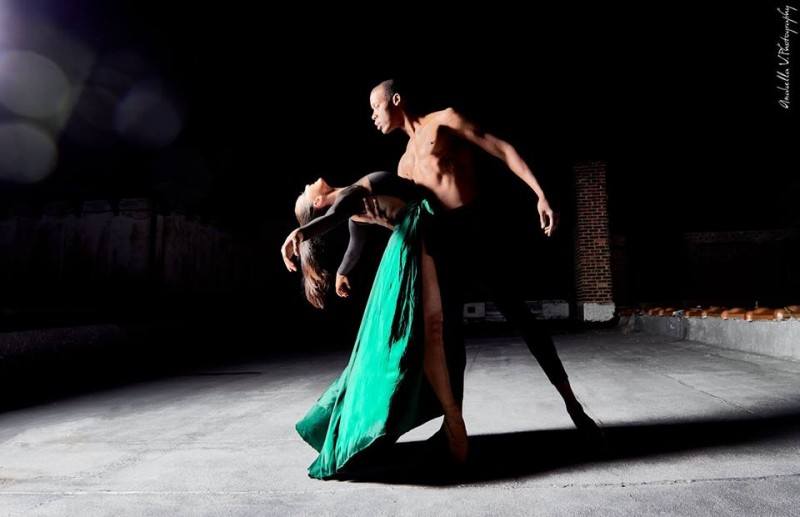Zouk and its origins
It is incredible to see how far certain rhythms and dances from all over the world have become popular in Europe. One of them has been zouk, which can be defined as a pretty fast musical style which is traced directly back to the French Antilles, mostly on the islands of Guadeloupe and Martinique.
Zouk was viewed as only one sensual dance practiced by African slaves in the less favored areas of the continent at the turn of the 21st century.
In fact, some think that this genre originated in Cape Verde and spread throughout the Caribbean thanks to the slaves were moved into that part of the world.
As can be seen, the history of zouk is not very different from that of many rhythms of this type that were exported all over the world from Africa. As well as other genres, zouk was merged with other local styles to get as a result a set of sounds that is more relevant than ever.
How is the origin of zouk?

According to the earliest records of the word zouk, it was the band Kassav that made this term popular during the 80’s decade, which means happiness or move with force. Supposedly, the rhythm was introduced by a large group of Haitian musicians in the above-mentioned decade.
Since the 90’s decade, zouk began to diminish in popularity, but this rough patch did not last too long. When it arrived in Latin America, more specifically in Brazil, the genre started to mingle with local sounds and to adapt to the many shadesof lambada. That was the reason why zouk began to be known as lambada zouk, French lambada, among other nice monikers.
So great was the rapport between zouk and lambada that they gave rise to a whole new mix known as lambazouk. While both rhythms appear to have separate origins, the truth is that these two genres have much more in common than you think.
How to dance zouk

Officially, zouk has three different rhythms and one of its greatest characteristics is that it is always performed by couples while both members move in a very smooth and sensual way. It is possible to dance it with a lot of closeness or almost no physical contact on the part of the man and the woman.
The man has a lead role in this dance and it is he is the one who leads the woman in order to keep up without losing balance at no time. It is the man who must propose all movements and steps that his female counterpart will reproduce on the dance floor. Everything depends on the boy the dance being varied, creative, and respectful of the essence of zouk in each step.
All the woman has to do is allow the man to take control and follow his directions to the letter. Anyway, she needs to be very attentive to her back positioning and work hard on her style to achieve graceful and delicate movements.







